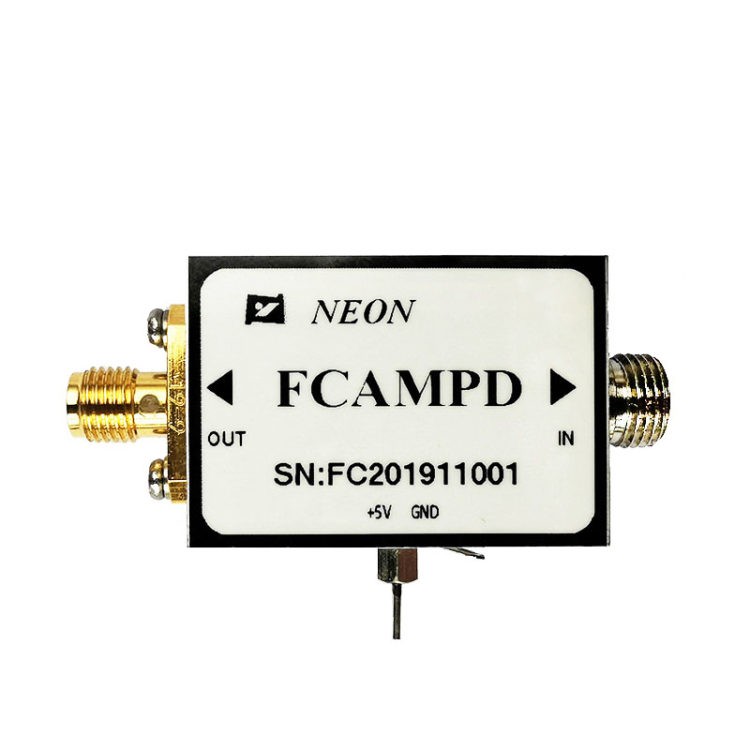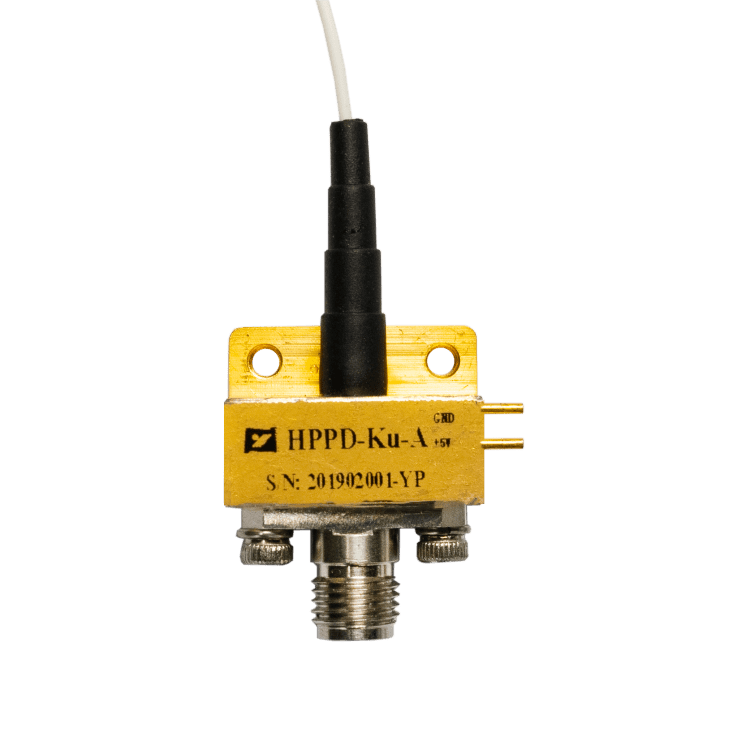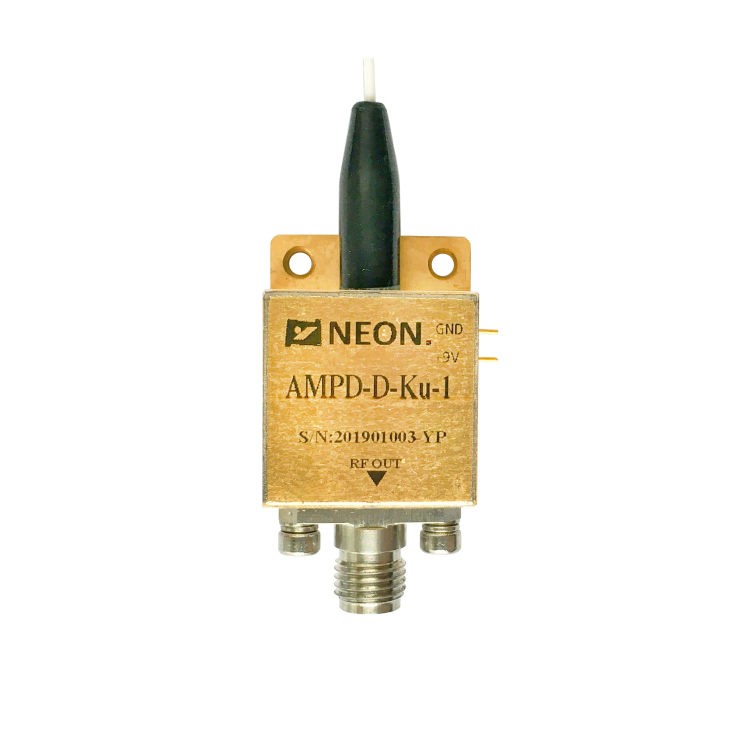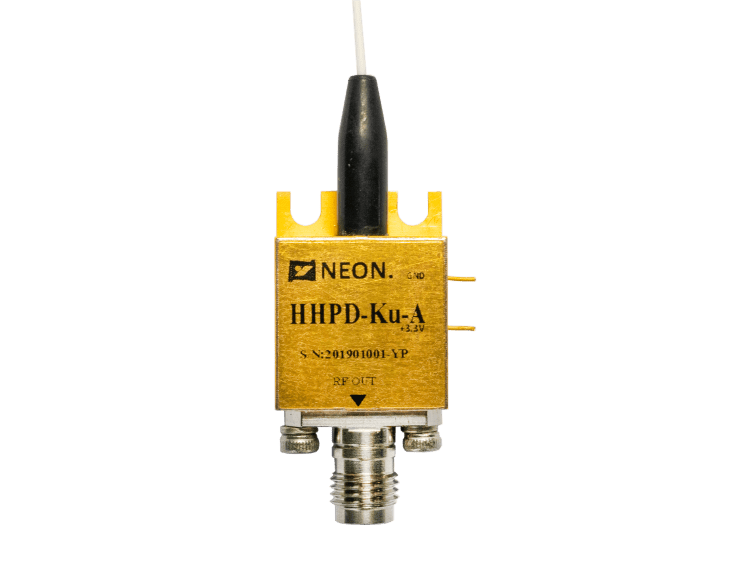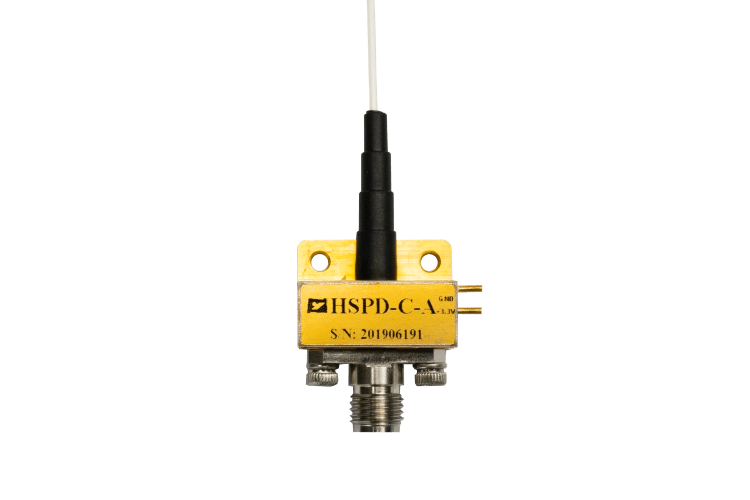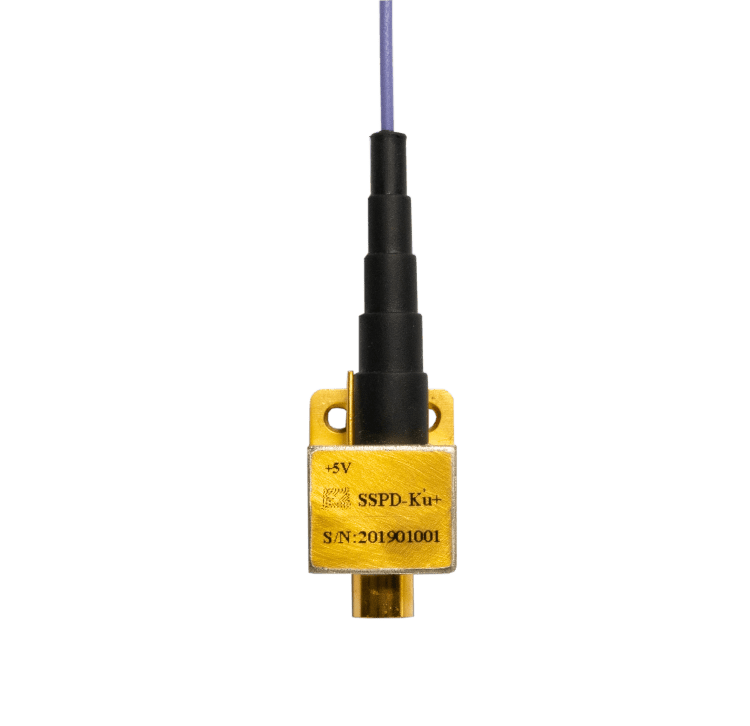Understanding the Sensitivity of InGaAs PIN Photodiode
InGaAs PIN photodiodes are widely used in various applications that require high sensitivity in the near-infrared (NIR) region. In this article, we will discuss the factors that affect the sensitivity of InGaAs PIN photodiodes and their applications.
Bandgap of InGaAs material
The bandgap of a material is defined as the minimum energy required to excite an electron from the valence band to the conduction band. The band gap determines the wavelength range over which a photodetector can operate. InGaAs material has a bandgap of approximately 0.75 eV, which makes it suitable for NIR applications.
Compared to other semiconductor materials such as silicon (1.12 eV) and germanium (0.66 eV), InGaAs has a lower bandgap, which means it can absorb photons with longer wavelengths. This property makes InGaAs PIN photodiodes suitable for detecting light in the NIR region, where the wavelength range is typically between 800 and 1700 nm.
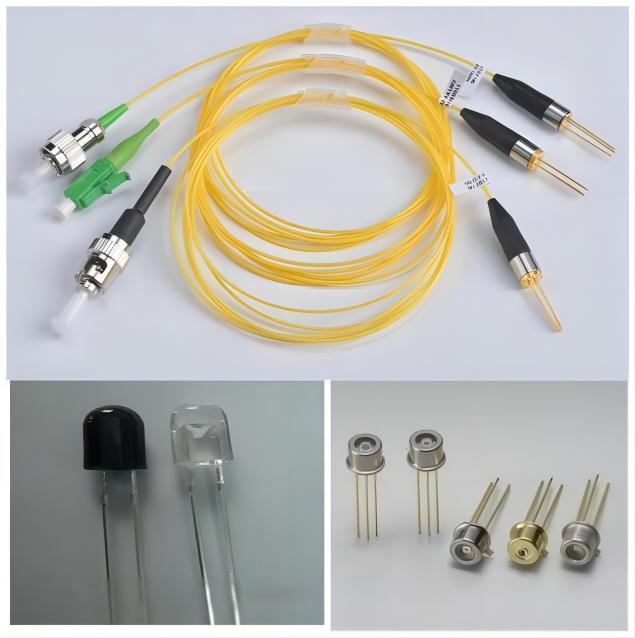
Responsivity of the device
The responsivity of a photodetector is defined as the ratio of the generated photocurrent to the incident optical power. It determines the sensitivity of a device to light. InGaAs PIN photodiodes have high responsivity in the NIR region due to the bandgap of InGaAs material.
The responsivity of a photodiode is affected by various factors such as optical power, device structure, and wavelength of the incident light. InGaAs PIN photodiodes can achieve high responsivity by optimizing these factors. For example, increasing the optical power can increase the photocurrent, which in turn increases the responsivity of the device. The device structure can also affect the responsivity, as a larger depletion region can increase the number of photons that are absorbed by the InGaAs layer.
Quantum efficiency
The quantum efficiency of a photodiode is defined as the ratio of the number of electrons generated by the absorption of a photon to the number of photons incident on the device. It determines the efficiency of a device in converting photons into electrons.
InGaAs PIN photodiodes can achieve high quantum efficiency in the NIR region due to the high absorption coefficient of InGaAs material. The absorption coefficient is a measure of how efficiently a material absorbs photons. InGaAs material has a high absorption coefficient in the NIR region, which makes it suitable for high quantum efficiency photodetection.
The quantum efficiency of a photodiode can also be affected by reflection from the surface of the device. A higher reflectivity can reduce the number of photons that are absorbed by the InGaAs layer, which in turn reduces the quantum efficiency of the device.
Dark current
The dark current of a photodiode is defined as the current that flows through the device in the absence of light. It is caused by thermally generated carriers in the depletion region of the device. The dark current can affect the sensitivity of a device by increasing the noise floor.
InGaAs PIN photodiodes can achieve low dark currents by optimizing the device structure and operating temperature. The device structure can be designed to minimize the thickness of the depletion region, which reduces the volume of the device where thermally generated carriers can contribute to the dark current. The operating temperature can also be lowered to reduce the thermal generation of carriers.
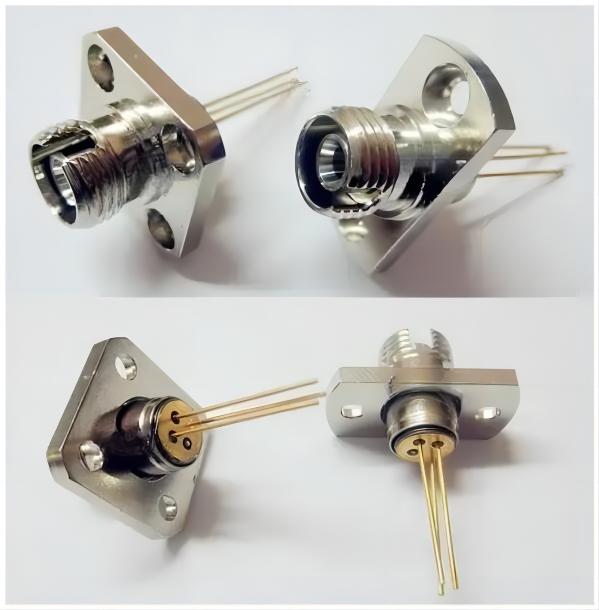
Applications of high-sensitivity InGaAs PIN photodiodes
InGaAs PIN photodiodes have a wide range of applications that require high sensitivity in the NIR region. Some examples of applications include:
- Spectroscopy: InGaAs PIN photodiodes are used in various spectroscopic applications, such as Raman spectroscopy, where the sensitivity of the device is critical for detecting weak signals.
- LIDAR: InGaAs PIN photodiodes are used in LIDAR (Light Detection and Ranging) systems for remote sensing and imaging applications. LIDAR systems use lasers to emit pulsed light and measure the time delay and intensity of the reflected light to create 3D images of objects and terrain.
- Communication: InGaAs PIN photodiodes are used in high-speed communication systems for detecting optical signals in fiber-optic communication networks.
- Astronomy: InGaAs PIN photodiodes are used in astronomy for detecting light in the NIR region, where many astronomical objects emit their strongest signals.
Compared to other types of photodetectors, InGaAs PIN photodiodes offer high sensitivity in the NIR region, which makes them suitable for a wide range of applications. They also have low dark current and high quantum efficiency, which further enhance their sensitivity.
In conclusion, the sensitivity of InGaAs PIN photodiodes is determined by various factors such as bandgap, responsivity, quantum efficiency, and dark current. By optimizing these factors, InGaAs PIN photodiodes can achieve high sensitivity in the NIR region. These photodiodes have a wide range of applications in spectroscopy, LIDAR, communication, and astronomy. As technology advances, we can expect further improvements in the sensitivity of InGaAs PIN photodiodes and their applications.


